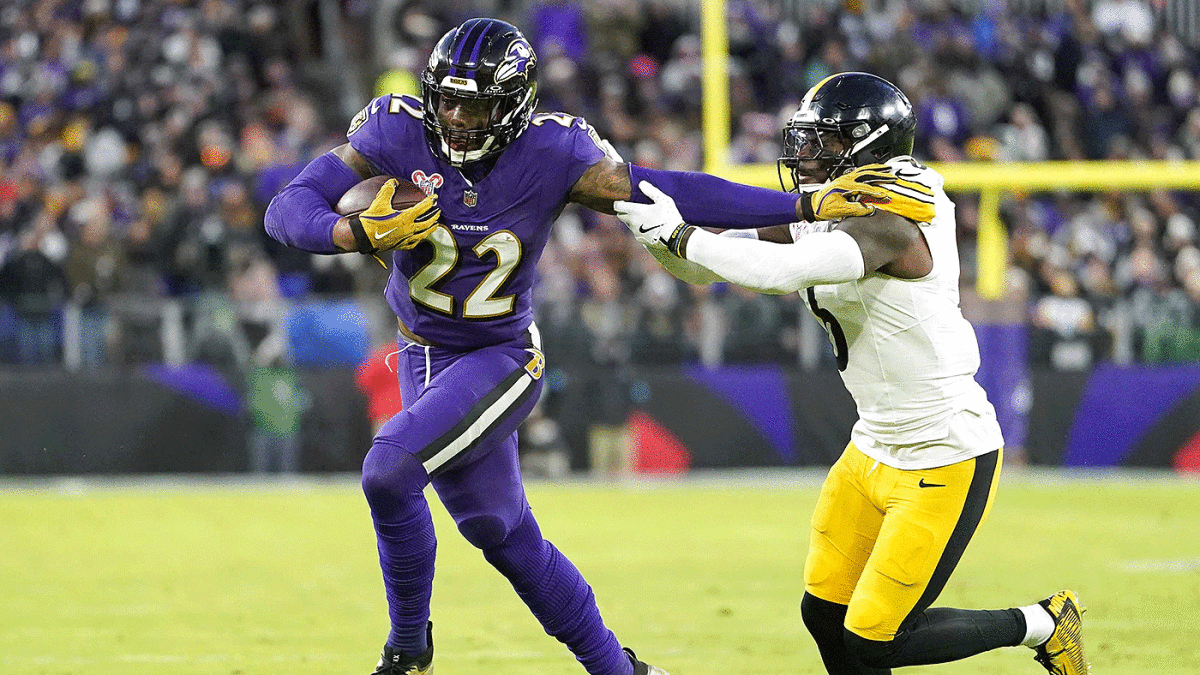Today, it is one of the most widely recognized and celebrated sports globally, transcending boundaries of culture, age, and geography. Its journey from a simple game with peach baskets to a multi-billion-dollar global industry is a story of innovation, adaptability, and cultural impact. This article delves deeper into the history, development, and influence of basketball, illustrating how it has evolved into a global phenomenon.
The Origins of Basketball
Basketball was invented in December 1891 by Dr. James Naismith, a physical education instructor at the YMCA International Training School in Springfield, Massachusetts. Tasked with creating a new indoor activity to keep students engaged during harsh winters, Naismith sought a game that would be safe, simple, and fun.
The First Game
The initial game was played with a soccer ball and two peach baskets nailed to opposite ends of a gymnasium. Naismith introduced 13 original rules, which emphasized teamwork, sportsmanship, and fair play. The first game had nine players on each team and ended with a modest score of 1-0. While rudimentary compared to today’s high-octane games, the foundational elements of basketball were established.
Rapid Growth in Popularity
The YMCA played a critical role in spreading basketball beyond Springfield. Within a few years, the game reached other parts of the United States and countries like Canada, France, and China. By the early 20th century, basketball had become a staple in schools, colleges, and recreational centers.
The Evolution of Rules and Gameplay
Basketball’s rapid adoption highlighted the need for standardized rules and gameplay improvements. Over time, the sport underwent significant changes to enhance its appeal and competitiveness.
Key Rule Changes
- Introduction of Dribbling: originally, players could only pass the ball. Dribbling was introduced in the early 1900s, allowing players greater freedom and adding a dynamic element to the game.
- The Shot Clock: the NBA introduced the shot clock in 1954 to prevent stalling tactics. This innovation sped up the pace of the game, making it more exciting for players and spectators.
- Three-Point Line: first introduced in the American Basketball Association (ABA) in 1967 and adopted by the NBA in 1979, the three-point line revolutionized scoring, rewarding players for shooting from long distances.
Modern Gameplay Innovations
In the modern era, basketball has embraced positionless play, emphasizing versatility over traditional roles. Players like LeBron James and Giannis Antetokounmpo embody this approach, excelling in multiple facets of the game.
Equipment Advancements
As basketball evolved, so did its equipment, enabling players to perform at higher levels and ensuring a safer experience.
Basketball Design
Initially, soccer balls were used, but by the late 1890s, Spalding created the first basketball specifically designed for the sport. Over time, the ball’s design improved, incorporating better materials for grip, durability, and consistency.
Hoops and Backboards
The original peach baskets were replaced with metal rims in 1906. Glass backboards followed, enhancing visibility for spectators. Today’s rims feature breakaway mechanisms to prevent injuries during dunks, reflecting the game’s focus on safety and innovation.
Basketball’s Cultural Impact
Basketball is more than just a sport; it is a cultural force that has influenced music, fashion, and social movements.
A Platform for Advocacy
Many basketball players have used their platforms to address social and political issues. Bill Russell and Kareem Abdul-Jabbar were vocal advocates for civil rights during the 1960s. More recently, players like LeBron James have championed causes such as racial equality and education reform, proving that basketball is a powerful vehicle for change.
Influence on Fashion
The sport’s connection to street culture has made it a trendsetter in fashion. Signature sneakers, like Michael Jordan’s Air Jordans, have become iconic symbols of style. Beyond footwear, jerseys and team-branded apparel are now staples in urban fashion worldwide.
Inspiration in Media
Basketball has inspired countless films, documentaries, and songs. Movies like Space Jam and Coach Carter highlight the sport’s appeal, while hip-hop culture often draws parallels between basketball and life struggles, cementing the sport’s place in popular culture.
The Global Expansion of Basketball
From its American roots, basketball has spread to every corner of the globe, becoming one of the most popular sports internationally. Its universal appeal lies in its simplicity, accessibility, and ability to bring people together. With minimal equipment needed, basketball has found a place in urban streets, rural communities, and professional arenas alike. Much like how sports unite people, promotions like the Hidden Jack Casino bonus attract diverse audiences by offering universal appeal and inclusivity, bridging gaps between players worldwide. Today, basketball thrives not only as a form of recreation but also as a cultural bridge, connecting diverse populations and fostering a shared passion for teamwork and competition. This widespread popularity is a testament to the sport’s adaptability and its ability to resonate with people across all ages and backgrounds.
The Role of the NBA
The NBA has been a driving force in popularizing basketball globally. By broadcasting games internationally and hosting preseason matches in cities worldwide, the league has cultivated a massive following. Players like Yao Ming (China), Dirk Nowitzki (Germany), and Manu Ginóbili (Argentina) have also played pivotal roles in expanding the sport’s reach.
International Competitions
The Olympics and FIBA World Cup have further cemented basketball’s global appeal. These events bring together the best players from around the world, showcasing the sport’s diversity and fostering international camaraderie.
Grassroots Development
Programs like the NBA’s Basketball Without Borders have introduced the game to underserved regions. These initiatives provide young athletes with training, education, and opportunities to pursue professional careers, ensuring basketball’s continued growth in emerging markets.
Technology and Analytics in Modern Basketball
The 21st century has seen basketball embrace technology and analytics, transforming how the game is played, coached, and experienced.
Data-Driven Decisions
Advanced analytics have become integral to basketball strategy. Teams use metrics like Effective Field Goal Percentage (eFG%) and Player Efficiency Rating (PER) to evaluate performance and optimize tactics. These insights have reshaped how players approach the game, emphasizing efficiency and precision.
Wearable Technology
Players now use wearable devices to monitor their health, track movement, and analyze biomechanics. These tools help athletes maximize performance and prevent injuries, reflecting the sport’s commitment to innovation.
Enhanced Fan Engagement
Technology has also revolutionized how fans experience basketball. Virtual reality (VR) allows viewers to watch games courtside from the comfort of their homes, while social media platforms enable direct interaction between players and fans.
Challenges and Opportunities
Despite basketball’s incredible success as a global sport, it faces several challenges that could impact its growth and accessibility. However, these obstacles also present opportunities for innovation, inclusivity, and expansion. By addressing these issues head-on, the basketball community can ensure the sport’s continued evolution and widespread appeal.
Competitive Balance
One of the most pressing issues in professional basketball, particularly in the NBA, is maintaining competitive balance. The formation of “super teams”—teams stacked with multiple star players—has become a trend in recent years. While these teams often generate excitement and draw large audiences, they can also create an uneven playing field, leading to predictability in the outcomes of seasons and championships.
- Impact on Smaller Markets: teams in smaller markets often struggle to compete with franchises in larger cities that can attract top-tier talent. This disparity can discourage fans from supporting their local teams, diminishing the overall appeal of the league.
- Player Movement: the freedom for players to form super teams by joining forces in free agency has added a new dynamic to the league. However, it has also raised concerns about the long-term health of competitive integrity.
Accessibility and Inclusion
Basketball is often lauded for its accessibility compared to other sports, requiring minimal equipment—a ball and a hoop. However, disparities in access to quality facilities, coaching, and resources persist, particularly in underprivileged communities and developing regions.
- Urban and Rural Divide: in urban areas, overcrowded courts and limited space can hinder opportunities for young players to practice. In rural areas, the lack of infrastructure, such as indoor gyms or organized leagues, poses similar challenges.
- Gender Inequality: women’s basketball has made significant strides, but female athletes often face fewer opportunities, lower pay, and less media coverage compared to their male counterparts.
- Economic Barriers: While the basic requirements for playing basketball are inexpensive, advanced training, travel for tournaments, and participation in elite leagues can become prohibitively costly for many families.
Embracing Emerging Markets
As basketball solidifies its presence in traditional markets like North America and Europe, emerging regions such as Africa and Asia offer immense potential for growth. These regions are home to vast populations of young, enthusiastic sports fans and untapped athletic talent.
- Africa: the continent has produced NBA stars like Hakeem Olajuwon, Joel Embiid, and Pascal Siakam. Despite this, basketball infrastructure in many African nations remains underdeveloped. Courts, training facilities, and organized leagues are sparse, limiting opportunities for young players.
- Asia: countries like China, the Philippines, and India have massive basketball fan bases. While leagues and grassroots programs are growing, the level of competition and player development pathways still lag behind more established basketball nations.
Conclusion
Basketball’s journey from a simple gym activity to a global phenomenon is a testament to its universal appeal and adaptability. Its rich history, cultural significance, and ability to innovate have made it one of the world’s most beloved sports. As basketball continues to evolve, its future promises even greater excitement, inclusivity, and inspiration for players and fans alike. The story of basketball is far from over, it is a dynamic narrative that continues to unite and inspire people across the globe.
Go to Source
Author: Team Dunkest
November 20, 2024 | 1:01 pm






































